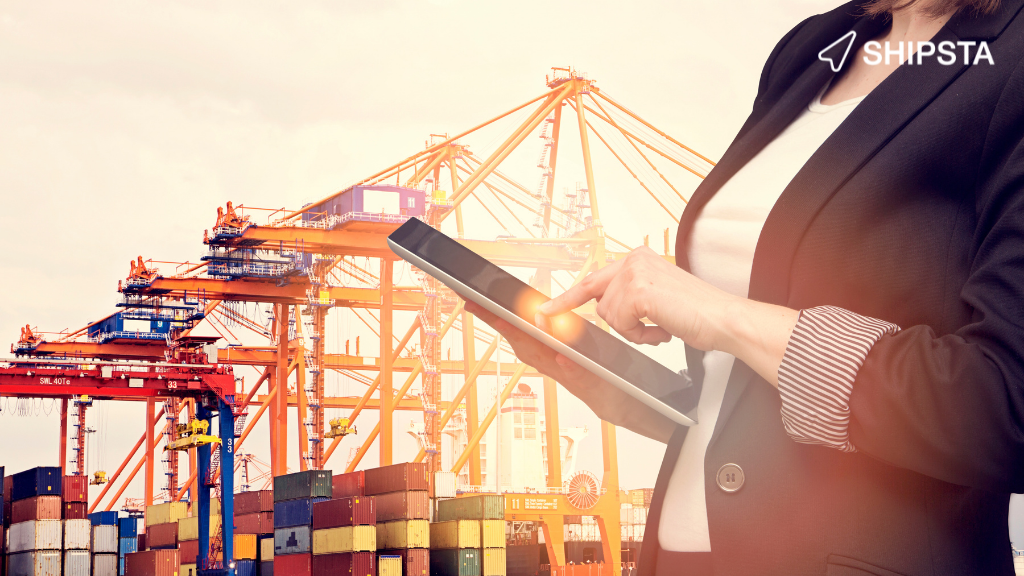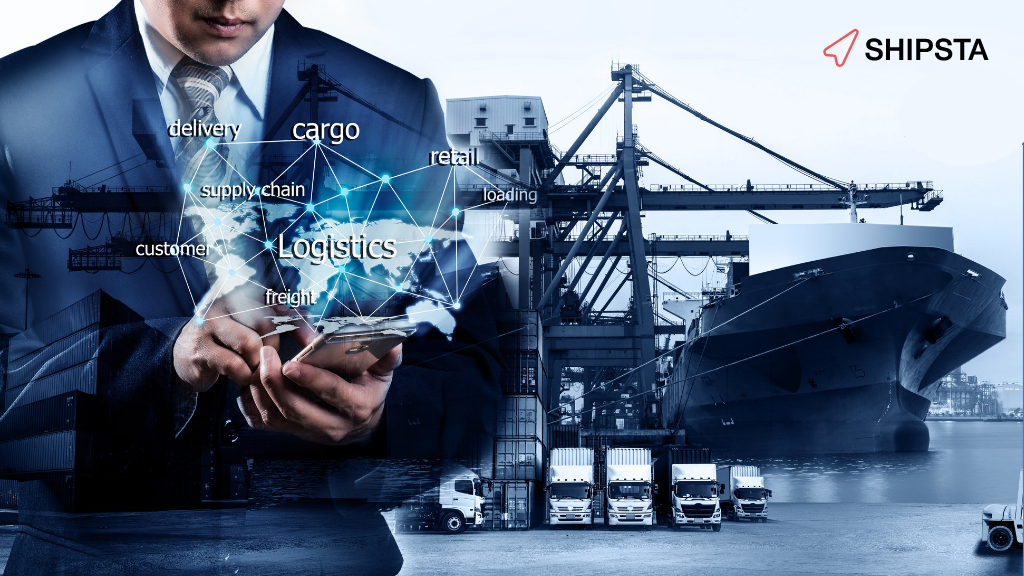It is well known that the COVID-19 pandemic has a devastating effect on the worldwide economy. Although the situation is not as dire as it was at the beginning of the outbreak, businesses have been struggling to survive or to perform up to expectations. The freight industry is no exception, although it has benefited from the fact that there is always a demand for transportation services.
Like many others, the freight industry has been undergoing drastic changes during the COVID crisis. But even before COVID, it was embracing new technology and progressive ideas. Companies have to think more strategically about the process of procurement. One technology that brings the most yield and is already used by the market leaders is that of digital freight tenders.
What are Digital Freight Tenders?
A freight tender is an offer from a carrier to a shipper in order to haul a specific load of freight for an agreed upon price. This can be done manually via phone call, by fax or email. But this manual process, driven by analyzing Excel sheets, hoping for reasonable data and using different communication tools, is outdated and will take many days or even weeks to proceed. Looking for a solution with less effort and more visibility, digital freight tenders have become more and more popular in recent years, because transport costs are a major cost factor for companies. To reduce logistics costs it is important to run freight tenders efficiently.
Comparing a digital freight tender with a manually driven one, the figure shows that the digital solution brings up less effort and more efficiency. The biggest advantage is the usage of automated analysis and tender activities that are carried out automatically, using the latest technologies. These technologies are based on standardized verticals, real data and algorithms. They help identifying the perfect balance between price, quality, availability and other relevant factors for your routes. In addition, the automated communication with the logistics service providers helps to reduce the coordination efforts.
Shippers gain transparency regarding their freight tendering process and can use their own data to make strategically-based decisions. In addition, digital freight tenders significantly improve data quality, as the entered rates are checked line by line for errors. Digital freight tenders offer advantages for both, shippers and logistics service providers.
Beside these quality aspects, all companies see a major decrease in their logistics cost. Mostly, these costs haven’t been taken into account in the past so far, as there was no possibility of getting visibility referring to the own supply chain as well to benchmarks for the latest market prices. As some companies are forced to find further savings potential and to make structural changes, the topic of efficiency regarding costs and working time comes more and more into account.
What are the benefits of digital freight tenders during the crisis
The current crisis has made it more difficult going to the office or meeting face to face, so there are a large number of advantages when freight is tendered digitally.
![]() Work Remotely:
Work Remotely:
Many employees work remotely from home and thus are difficult to reach by phone or fax. Particularly now, many are seeing the potential benefits of digital solutions. With a platform for digital freight tenders, shipping managers can tender freight from any place at any time. This allows them to remain safely at home.
![]() Gain transparency:
Gain transparency:
Digital freight tenders provide shippers visibility regarding their carrier networks and furthermore also give them access to real-time tracking updates. When both, shippers and carriers, are utilizing a one platform for digital tenders, on which information is shared instantly so that all parties can operate on the same page at any given time.
![]() Time and Cost Savings:
Time and Cost Savings:
Manually driven evaluations based on different Excel documents to find the best conditions for your routes might takes hours – or maybe even days. Digitally driven tenders save time for shippers by automatically finding the right transportation mode for the job and allowing managers to focus on their key responsibilities. By setting up tiered pricing systems based on the urgency of the shipment, shippers will also detect a significant reduction in costs.
Overall, it can be said that digital freight tenders are a valuable opportunity of preparing the branch of procurement for future operating modes, for a more efficient use of ressources, qualitatively as well as quantitatively.
About SHIPSTA
SHIPSTA powers smart logistics procurement with a digital platform that connects shippers and carriers to ensure a frictionless procurement process for spot and contract buying, entirely online. It automates complex tasks, provides unrivalled visibility and supports fast data-driven decision-making. Designed and built by experts in logistics procurement, it is bringing transparency, automation and efficiency to the global logistics industry. It is used by some of the world’s largest companies to respond to market volatility, control freight costs and manage risk. The company was founded in 2015 and is based in Mertert, Luxembourg and Hamburg, Germany.




